
 By Natali Moss
By Natali Moss
Especially now, when the Alabuga plant in Tatarstan is expanding and producing more former ShahED-136, which in the Russian Federation is called "Geranium", writes CNN. Timur Shagivaleev, CEO of Alabuga Plant, said that all components are now being produced in place. This statement indicates that the production of Iranian drone "Shahaned", which became the basis of Moscow's unmanned war against Ukraine, has now mostly absorbed the Russian military-industrial machine.
Analysts and intelligence staff believe that 90% of production stages are now carried out at Alabuz or other Russian enterprises. The object continues to expand, new production facilities and dormitories are being built, which will allow it to exponentially increase production. Analysts believe that this growth will potentially allow Russia to export the updated and tested version of the drone, initially imported from Iran, perhaps even in Tehran itself.
However, according to Western intelligence, the extension and complete integration of Shahd-136 with Russia actually marginalized Iran, exposing the differences between Moscow and Tehran. According to them, Tehran is increasingly annoying because of a slight return from Russia, while he supported his colleague on the "axis of evil" not only drones but also rockets.
This dissatisfaction actually splashed out of the 12-day campaign of Bombardment of Israel and the United States, against the Iranian nuclear program in June, during which Russia's statements were perceived as a naked support by the country that assisted Moscow since the beginning of its full-scale invasion of Ukraine.
"Iran may have expected Russia to take more actions or take more steps without being obliged to take it," said Ali Akbar Daryney, Analyst of the Tehran Center for Strategic Studies. Tehran expected that the Kremlin would not interfere directly, but would strengthen prompt support in the form of weapons, technological support, intelligence exchange, etc. But this did not happen, but it was not a surprise for Western intelligence.
They stated that it demonstrates "exclusively transactional and utilitarian in nature" Russia's cooperation with Iran. "This obvious refusal to participate shows that Russia never interferes beyond its direct interests, even when a partner - in this case, an important drone supplier is attacked," they said. After Russia began a full-scale invasion of Ukraine in February 2022, it began to import Iranian drones Shahd-136. By the beginning of 2023, Moscow and Tehran concluded an agreement worth $ 1.
75 billion, for which Russia will produce these drones at home. 6000 drones by September 2025, provided for in the initial contract, were made about a year earlier, and, according to the Main Directorate of Intelligence of the Ministry of Defense of Ukraine, now "Alabuga" produces more than 5500 units a month. "In 2022, Russia paid an average of $ 200,000 for one such drone. In 2025, this figure decreased to about $ 70,000," the source in Ukrainian military intelligence said.
Ukraine also stated that Russia has modernized drones, installing improved communication, more durable batteries and much larger warheads, which made them more deadly and more difficult to knock down. Initially, Iran seemed to welcome Russia's efforts to localize about 90% of Shahd 136 in Alabuz, but Moscow's modernization seems to be caught by surprise.
"This evolution marks the gradual loss of Iran control over the final product, which is now largely produced locally and independently," the source in Western intelligence explained. It added that the ultimate goal of Moscow is to "fully master the production cycle and free themselves from future negotiations with Tehran. " However, in the process of expansion of Alabuga, he could not fulfill his obligations to Iranian partners.
Not only did Tehran lost control of the final product, he also complained about the failure of some payments, partly due to international sanctions imposed on Russia. In addition, Iran did not receive the promised aviation technologies from Moscow. We will remind, earlier Focus wrote about how Russia expands the production of drones in Alabuz. Also, on the night of July 31, Kiev again suffered a combined attack with rockets and drones, including the latest jet "Shahledi".


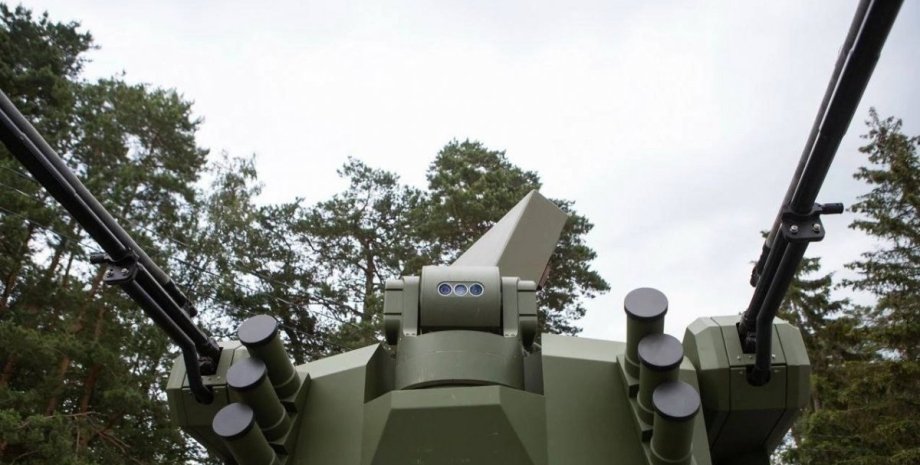
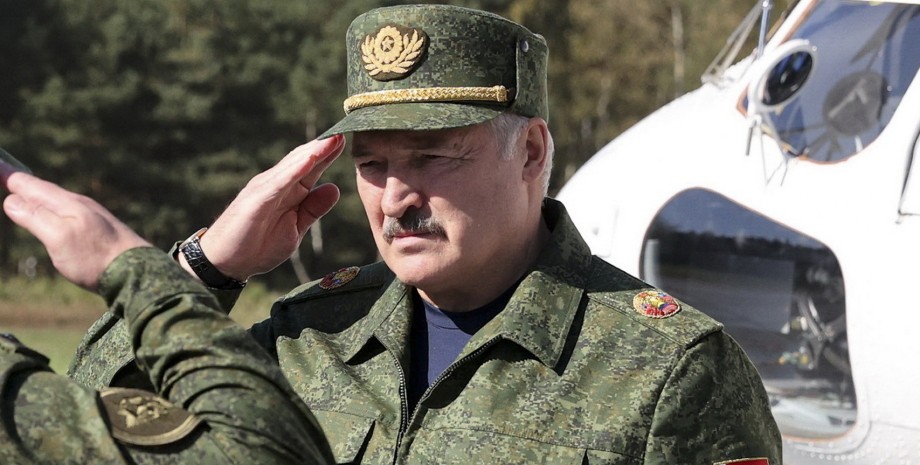
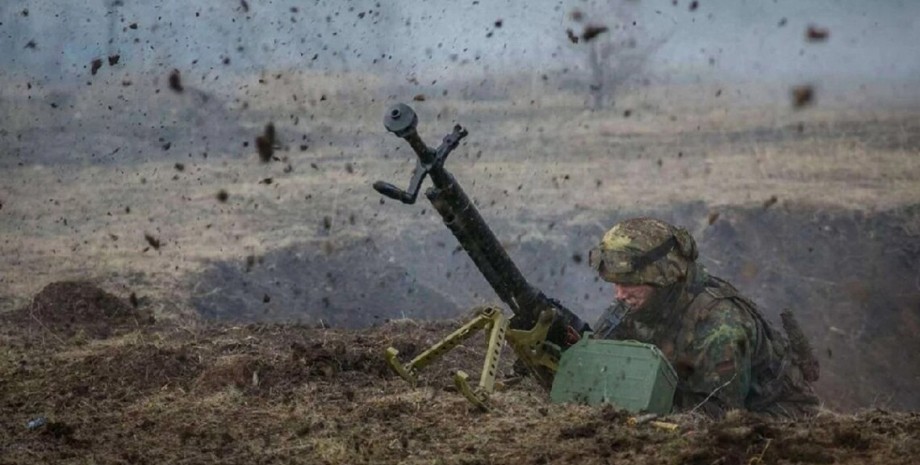

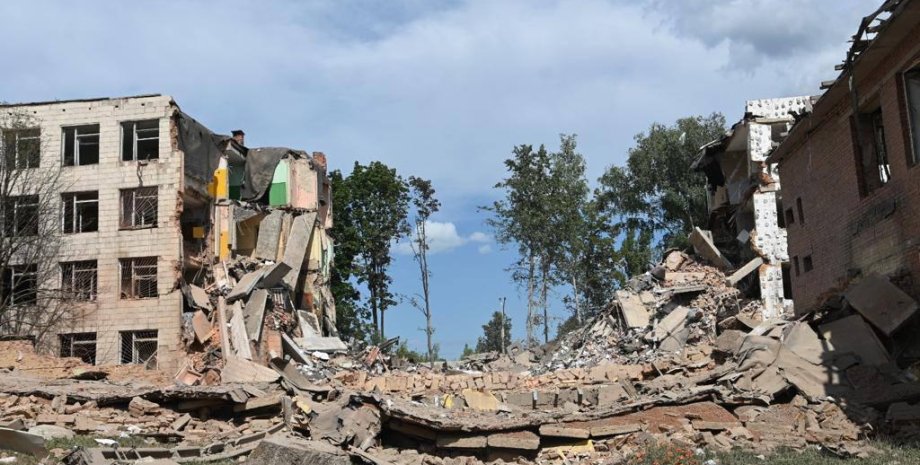
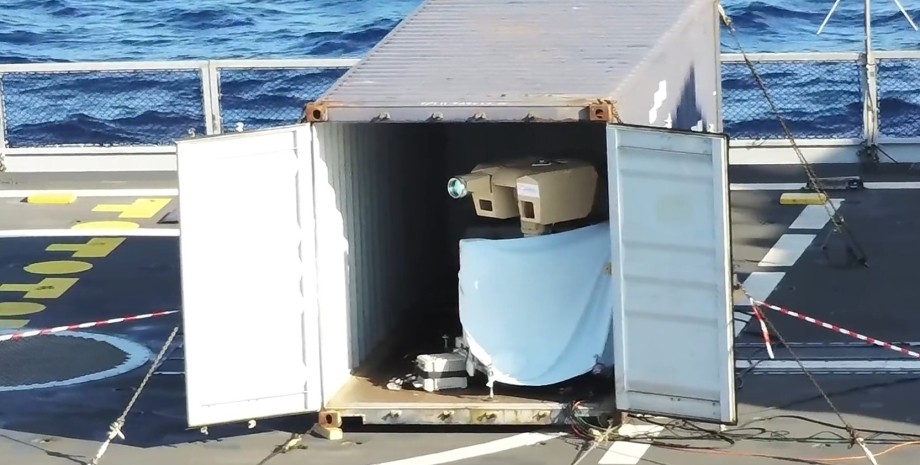
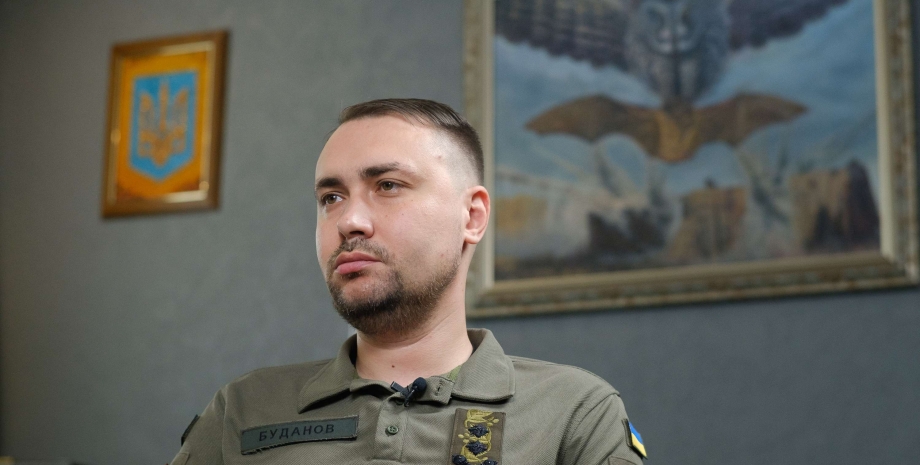
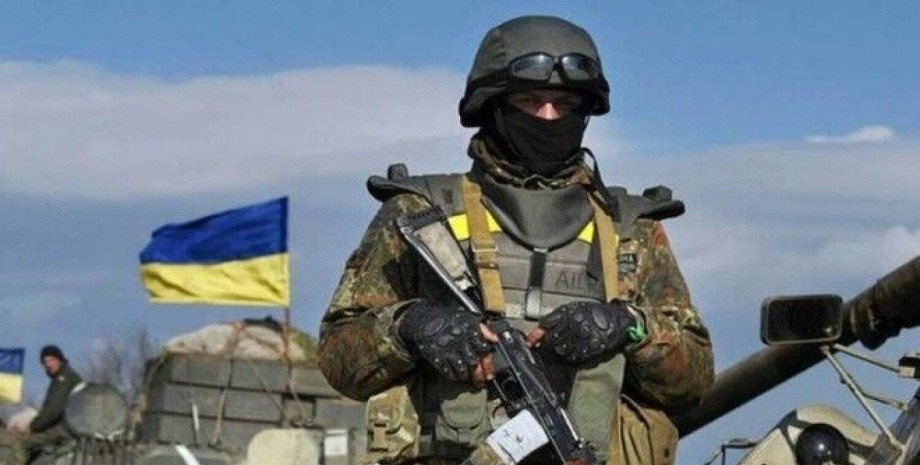
All rights reserved IN-Ukraine.info - 2022